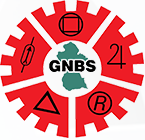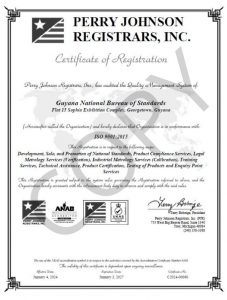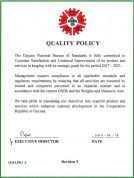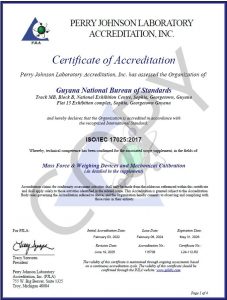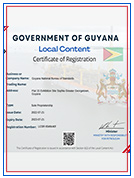As we prepare to welcome December, most of us as consumers begin to make our lists of goodies we need to purchase during the upcoming shopping season. It is customary for consumers to engage in the purchase of goods, such as rice, flour, sugar, meats, preserved fruits and cooking oil by Weights and Measures.
Although the Guyana National Bureau of Standards (GNBS) has been executing its mandate to ensure that all weighing and measuring devices used in trade are verified (stamped), consumers have meaningful roles to play which would guarantee that they are not given short weights and measures. The following are ten of these roles:
- Buy goods from vendors who are using verified scales and other verified devices. If used properly, approved devices give correct weights or measures.
- Look for GNBS verification seals on devices. The affixed GNBS seals are one way of determining whether the device (scale) was verified.
- Make sure the device used to weigh or measure your goods is clean and tidy. Dirty devices often give inaccurate weights and measures and can cause the contamination of goods.
- Make sure that you can see the measuring indicator of scales. Ensure that the scale is positioned in a manner which will allow you to see the weighing process.
- Do not buy from vendors or shopkeepers using the domestic (kitchen) scales. These scales are not approved for commercial trade because their internal mechanisms are quickly worn, hence they give inaccurate weights.
- Do not accept purchase if you have doubts about your weight or measure.
- Buy in metric quantities. Most devices used in the market place are in metric units and by requesting goods in metric quantities you are assured of the quantity of goods issued to you.
- Buy all solids by weight instead of measure. rice, peas and channa are solid goods and all solids must be weighed, not measured. Request these goods in grammes and kilogrammes.
- Buy prepackaged goods that are labeled with the quantity (net contents). For example: 450 g, 1 kg, 3 litres, etc.
- Call the GNBS hotline or visit the Weights and Measures Office in your Region and make your complaints if the need arises.


